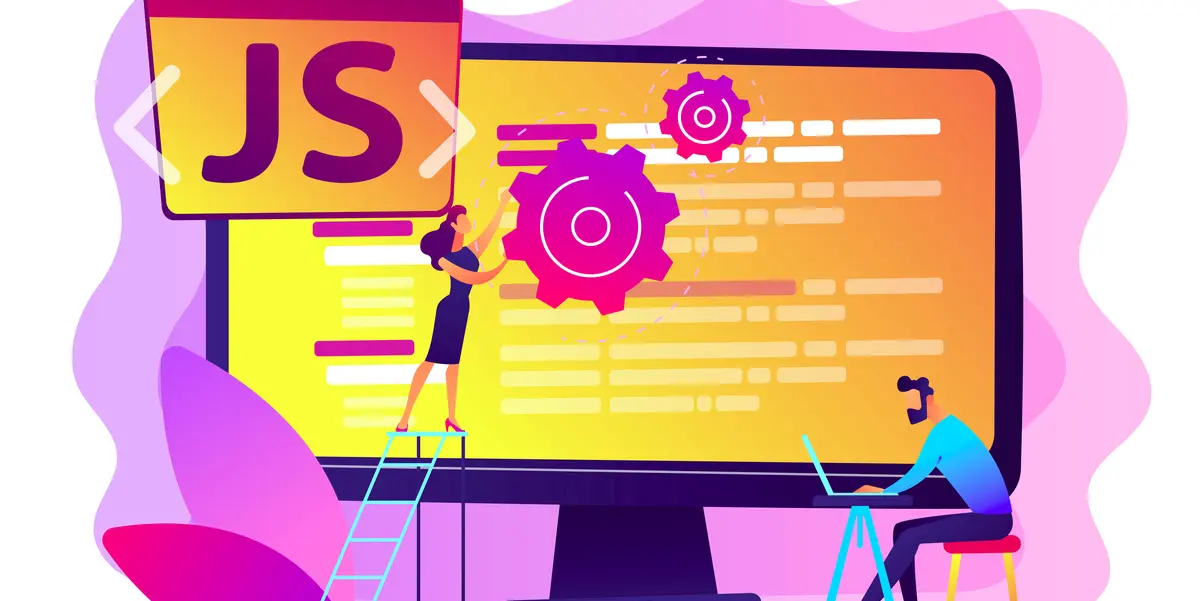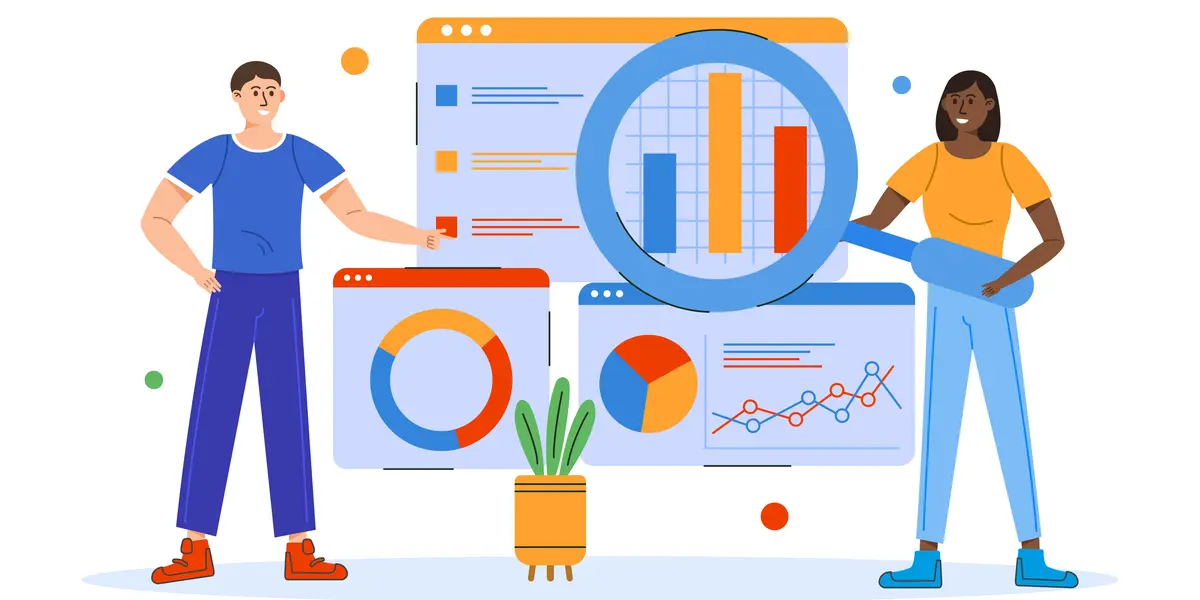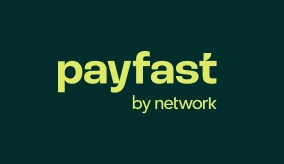Is Your Website Still Using An Outdated & Vulnerable PHP Version?
If your website is built using WordPress or Joomla , there is an important technical consideration you should be aware of: the version of PHP your website runs on can have a significant impact on its performance, security, and compatibility. PHP is the programming language that powers WordPress and many other applications such as Joomla, Drupal, and Moodle. Using a vulnerable PHP version can not only slow your website down but also make it vulnerable to security threats. That is why it is highly recommended to upgrade to at least PHP 8.3/8.4 if you have not already done so.
PHP End-Of-Life Statuses
Here is a summary of the end-of-life (EOL) status for various versions of PHP:
- PHP 7.4 – Security updates ended in November 2022
- PHP 8.0 – Security updates ended in November 2024
- PHP 8.1 – Security updates will end in November 2025
- PHP 8.2 – Security updates will end in December 2026
- PHP 8.3 – Security updates will end in November 2027
- PHP 8.4 – Security updates will end in November 2028
Once a version reaches its end-of-life, it stops receiving official updates, including critical security patches. That leaves websites still running that version vulnerable to known exploits. Hackers are often aware of these vulnerabilities and can take advantage of sites that have not been updated.
Why Is This So Important?
Improved Security
Security should always be a priority when it comes to managing your website. Older versions of PHP no longer receive security patches, meaning they are more susceptible to attacks by hackers. If your website is compromised, the consequences can be serious, including the theft of sensitive data, the malfunctioning of certain features, or even a complete site shutdown.
By upgrading to PHP 8.3/8.4, you gain access to the latest security improvements. Newer versions often remove outdated or vulnerable code, introduce more secure coding practices, and fix bugs that could otherwise be exploited. It is a bit like changing the locks on your house after losing your keys. It is a precaution that protects you and your visitors.
Faster Website Performance
Speed is another compelling reason to upgrade. PHP 8.3/8.4 has been optimised for better performance. It processes code more efficiently, which means your website can load more quickly. In some cases, websites running PHP 8.3/8.4 are up to three times faster than those running PHP 7.4.
A faster website improves the user experience, which in turn can reduce bounce rates and increase visitor engagement. Speed is also a factor that search engines consider when ranking websites. So by upgrading PHP, you are not only improving performance but potentially boosting your search engine optimisation (SEO) efforts as well.
Better Compatibility with Plugins and Themes
WordPress websites often rely heavily on plugins to add features and themes to control their appearance. Many of the newer plugins and themes are developed with modern versions of PHP in mind. If your site is using an outdated version of PHP, some of these plugins or themes may not function correctly or at all.
For example, you might install a plugin that requires PHP 8.2 or higher. If your server is still running PHP 7.4, the plugin might cause errors, fail to load, or even crash your website. Upgrading your vulnerable PHP version ensures you can use the latest tools and enhancements without unnecessary complications.
How to Check Your WordPress PHP Version
WordPress
Before upgrading, it is essential to determine which PHP version your website is currently using. If you are using WordPress, follow these steps:
- Log in to your WordPress admin dashboard.
- Go to the Tools menu.
- Click on Site Health.
- Select the Info tab.
- Click on Server to view server information.
There you will find the PHP version your website is currently running.
Joomla 3
- Log in to your Joomla backend.
- Click System Information under System.
There you will find the PHP version your website is currently running.
Joomla 4/5
- Log in to your Joomla backend.
- Click System and then click System Information.
There you will find the PHP version your website is currently running.
Precautions Before Changing Your PHP Version
While upgrading your vulnerable PHP version offers numerous benefits, it should be done with caution.
It is advisable NOT to change the PHP version of a Joomla 3 website.
Here are a few precautions to consider:
- Website Breakage – Changing the PHP version has the potential to crash your website. In some cases, neither the frontend nor the backend will load.
- Incompatible Code – Some plugins, extensions, or themes may not be compatible with newer versions of PHP. This could result in visual issues or partial functionality.
- White Screen of Death (WSOD) – Occasionally, after upgrading PHP, a website might display a blank white screen. Reverting to the previous PHP version does not always fix the problem because certain files may have been modified during the version change.
- Technical Knowledge Required – Some technical know-how is necessary, especially when upgrading from PHP 7.4 to PHP 8.3.
- Backups Are Essential – Always create a full backup of your website before making changes. This ensures that if something goes wrong, you can restore the site to its previous state.
- Local Testing – When we are contracted to update a website’s PHP version, we first copy the website to a local server (localhost) and test the upgrade there. If it works locally, there is a high likelihood that it will work correctly on the live site. Click here for more information on duplicating a live WordPress website.
How to Change Your PHP Version Using cPanel
The method used to change PHP versions depends on how your hosting provider has configured their servers. Below is a common method which our web hosting server uses.
- Log in to your cPanel account.
- Look for and click on Select PHP Version.
- Use the drop-down menu to select PHP 8.3 (or your desired version).
- Click Apply to save the changes.
- Refresh your website to see if it displays correctly. If anything appears to be broken, revert to the previous PHP version immediately.
In Conclusion
Switching your website to PHP 8.3/8.4 is one of the most effective ways to improve its speed, security, and reliability. Think of it as giving your website a much-needed service, like tuning up a car engine so that it runs efficiently for years to come.
We offer a Basic WordPress Update Service, which includes updating your PHP version to at least PHP 8.3, as well as addressing any issues that may arise during the transition.









